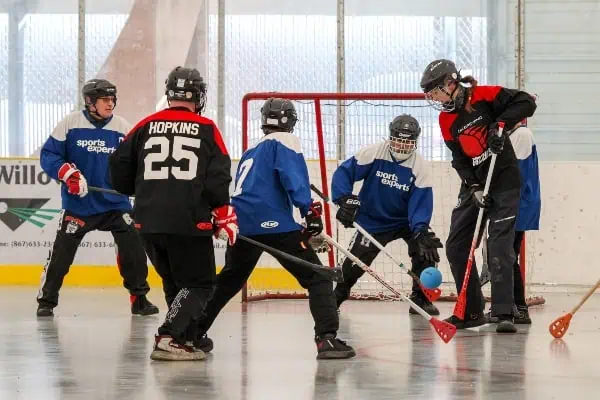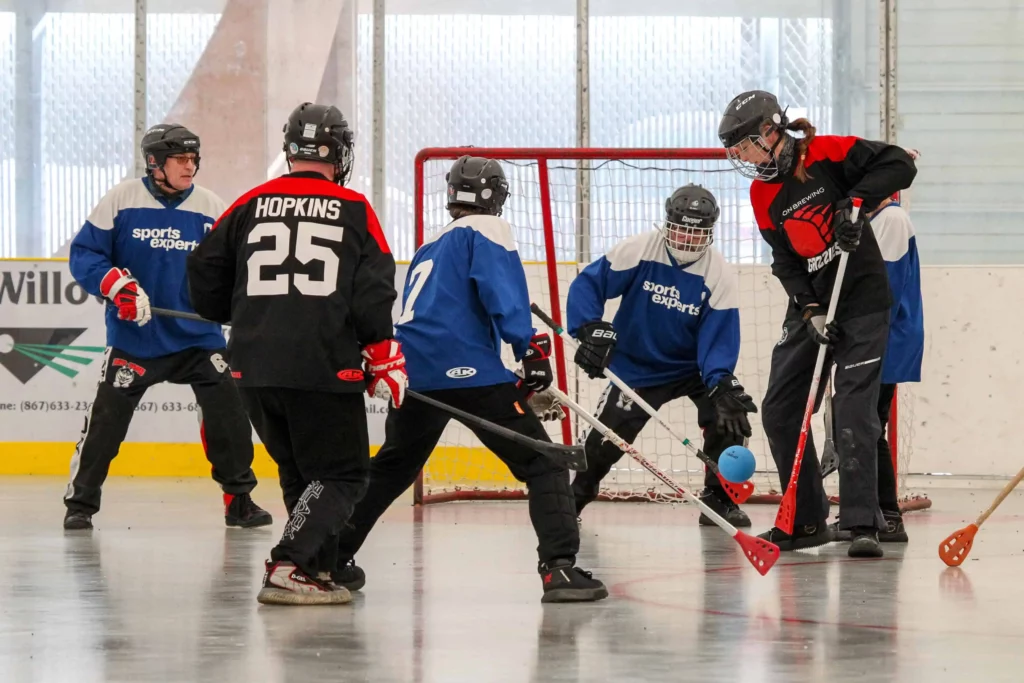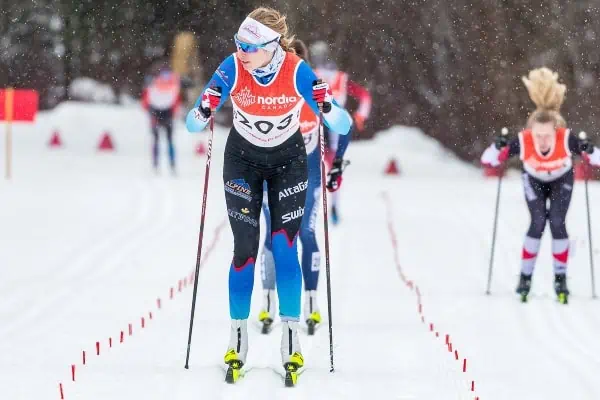I knew on the Saturday morning warm up on the driving range I was in for a unique caddying experience. This was the days of the “shag bag” when caddies would stand out on the range serving as targets for their golfers and often catch their shots in the bag on the fly.
Not so with young Mr. Nicklaus. Everything was going way over my head and I’d never run so much on the range chasing down his blasts. He was hitting tee shots to places that had never seen a golf ball before and I recall thinking I wasn’t going to make much money, but things were looking up for a good time because I’ve always loved golf and watching others play it well.
I further considered myself, at the tender age of 14, a professional caddy and wanted to do as good of a job as I could for Jack, so I was memorizing his distances with each club and mentioned to him on the putting green I was an expert on Losantiville’s breaks if he wanted help reading putts.
He replied that he preferred “to do it myself since I’m the only one who knows how hard I’m going to hit it, but I’ll keep it in mind.”
That worked fine for the first three holes, but on the fourth, a short uphill par four, he found himself about 25 feet pin high left of the hole looking at one of the toughest putts on the whole course on top of a ridge with a steep slope down to the hole. He looked at it and looked at it, then frowned and scratched his head before asking: “Have you ever seen anybody make this putt?”
I replied in the affirmative, adding I had made it myself.
He said, “How?”
I told him to pretend the hole was four feet left of where it was and to make the ball stop on top of the ridge with just enough on it to catch the slope and it would trickle down and die right into the hole.
He putted it exactly that way, the ball rolled into the cup and he didn’t say a word, but he winked at me on the way by to the fifth tee.
I never knew Jack Nicklaus was such a big winker, but I’ve also never forgotten that thank-you wink.
The rest of the weekend he continued to trust his own judgment and made most of them, but didn’t hesitate to ask for my opinion if he couldn’t find the line. So I know I helped him on the greens I knew so well, but I was helpless to give him advice tee to green because he was playing a golf course I had never seen before. It was a full weekend of studying second shots played from places I’d never imagined.
I could still give him accurate yardages because I knew where all the markers were before they were pulled out for the event, but that was about it. I was mostly in awe of how he was playing the course because I had never seen Losantiville so hopelessly mismatched. He brought a long, tough, hilly golf course to its knees with power and accuracy.
The 16th, a long straight par five with a deep gully in front of the green, had never been reached in two by anybody. It was like 575 yards in the days when 250 was a big drive. Jack was pin high after hitting driver-driver, chipped up close and had tap-in birdies both days. That glorious hole didn’t know what hit it and it was the first time I’d ever seen anybody sweep a driver off the fairway as if it was a 3-wood on Wheaties, the breakfast of champions.
When I was bragging in the caddy yard about where my guy was hitting his tee shots, none of the caddies with PGA pros could match my stories. Jack outdistanced the entire field, by a lot.
Of course we won the event, a best ball format, playing mostly Jack’s ball and I felt like I had set a world’s caddy record, for amateur or pro, when he paid me. In fact, my Dad told a friend of his about it, Si Cornell, who was a local columnist for the Cincinnati Post and Times-Star, which had a Monday blurb in it about Jack’s caddy who came home and threw five $20 bills in the air like it was confetti. I felt like I won the lottery and couldn’t spend it fast enough.
Jack was a year younger than my brother and caddying for him felt no different than caddying for Bobo, who was a hack with a big slice. Jack was pure concentration when it was time to address the golf ball, but liked to chat about anything in between shots – especially other sports. He didn’t act like anything but a good ol’ upstate Ohio boy who murdered golf balls.
I was completely comfortable and relaxed in his company.
The following year, when he turned pro and won the U.S. Open, his first major, I caddied for Tom Weiskopf and won it again then got the hat-trick my last year caddying at 16, with Sam Snead, the meanest, nastiest old man I ever met who almost got out of town without paying me.
Weiskopf was just as nice of a guy as Jack, but actually hit the ball farther if you can believe that. Had you asked me in early 1962 which one of them would go on to become the greatest golfer of all-time, I would have guessed Weiskopf. It was an honour to caddy for both of them before the dawns of their respective pro careers.
When I finally met Barbara Nicklaus, in 1997 at Whistler where she was waiting behind the 18th green for Jack to finish a skins game against Nick Faldo, Greg Norman and Fred Couples, that wonderful woman who nearly negated the best payday of my greedy adolescence, smiled warmly saying, “I’ve heard all about you and have been looking forward to asking you how a Cincinnati boy wound up all the way out here in the remote mountains of British Columbia?”
Her question caught me by surprise and my subsequent reply has always disappointed me whenever I’ve thought of it. I told her no offense was intended, but when I got back from Vietnam in 1967, I didn’t want to be an American anymore.
She sighed sadly and said, “I can understand that.”




